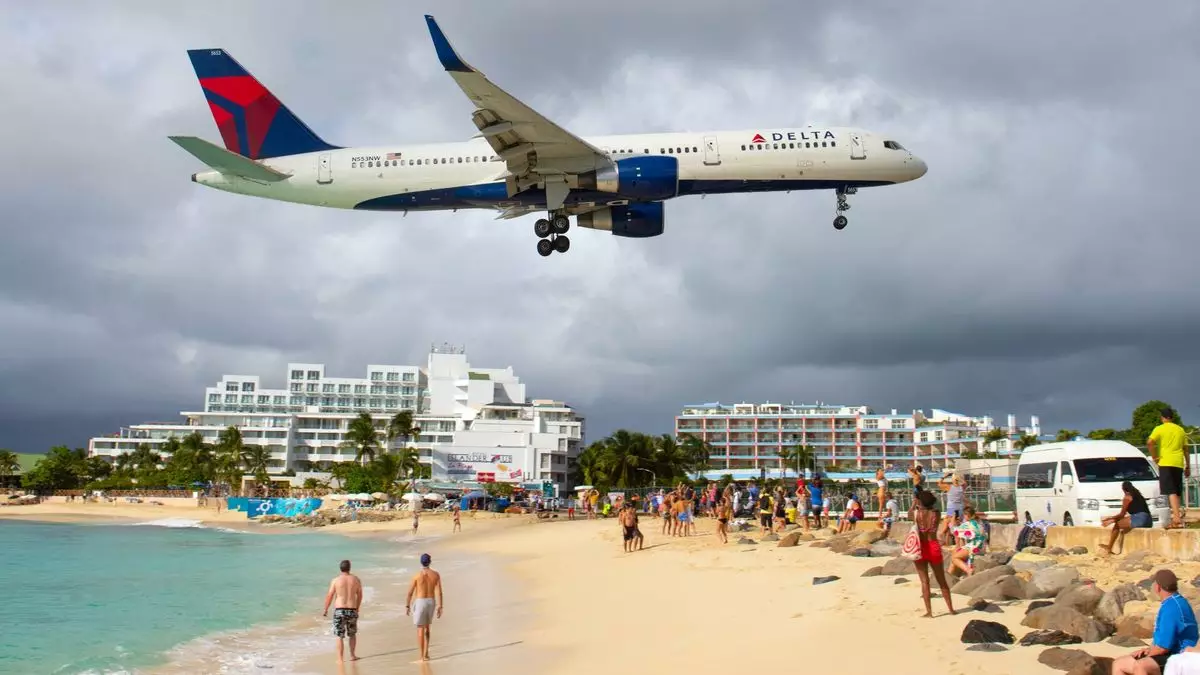As travel continues to rebound following the disruptions caused by global events, the airline industry is facing a paradigm shift in operational capacity that is anticipated to lead to higher airfares in 2025, especially for destinations in the Caribbean and Mexico. Ray Snisky, president of ALG Vacations, shared insights during the ALG Ascend 2024 conference held in Cancun, voicing concerns about the dwindling number of available seats for all-inclusive resorts. This trend is indicative of a broader strategy among airlines to manage profitability through capacity adjustments just as the market begins to stabilize.
What stands out in Snisky’s remarks is the emphasis on early bookings for travelers eager to vacation in popular spots. The notion that last-minute travelers will find affordable deals appears increasingly optimistic, if not naïve, given the emerging restrictions in seat availability. Instead, the advice is clear: travelers and their agents should act swiftly in securing flights, as the landscape is changing rapidly.
The Broader Context: Airline Strategies and Market Trends
To further understand the dynamics at play, it is essential to examine the trends reported by major airlines. Delta Air Lines, in its Q3 earnings report, noted that while they were initially pressured by excess capacity, subsequent quarter results showed a shift as airlines scaled back schedules. Data reported by Cirium reveals that U.S. airlines increased their flight capacity by 5.8% in July compared to the previous year, but by September, growth had plummeted to a mere 1.2%. The decision by airlines, particularly budget carriers like Spirit Airlines—which is reportedly cutting its fourth-quarter capacity by 20%—highlights a strategic pivot aimed at maintaining profitability amid fluctuating demand.
This is compelling evidence that the industry is carefully recalibrating itself. With ALG being one of the larger purchasers of airline tickets for all-inclusive resorts, the potential cutbacks in capacity are particularly critical for them. The implications of these reductions extend beyond just higher ticket prices; they could also impact customer experiences and accessibility to these destinations.
The Future of Travel: Demand vs. Capacity
Examining the overall picture reveals a complex interplay between consumer demand and airline supply. With major Caribbean and Mexican destinations such as the Dominican Republic and Puerto Vallarta being exceptions to the trend of reduced capacity for 2025, the market is vulnerable to fluctuations in demand as competitors adjust their services. Snisky’s comments underline a crucial consideration for the travel industry: the balance between ensuring adequate capacity to meet market demands while also making strategic decisions to avoid overcapacity, which can lead to financial losses.
As the travel season approaches, both agents and travelers must prepare for these shifts. The focus on early bookings could reshape how individuals plan vacations. With reduced seating likely driving prices upward, those who delay their decisions may find themselves priced out of desirable options.
The airline industry’s anticipated capacity reductions signal a significant transition, impacting airfares and the travel experience in the Caribbean and Mexico. As Snisky pointed out, the need for early action is critical, hinting at a travel landscape that may look markedly different in just a year’s time.


Leave a Reply